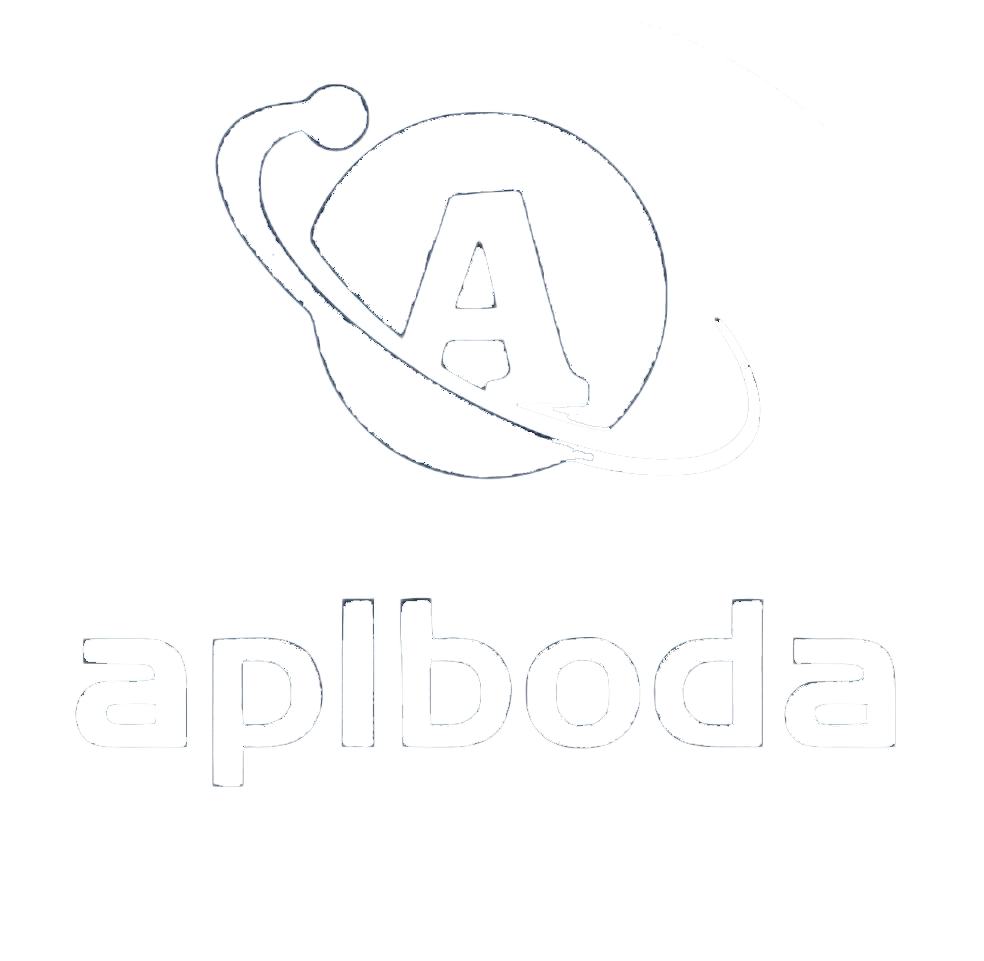The industry leader in audio restoration software evolves again: iZotope RX 10
iZotope's updates are really coming thick and fast. Just last October, they released a major update to their audio restoration software, RX9, and less than a year later, they've already released the all-new RX10! As the industry standard for audio restoration software, each major update to the iZotope RX series brings new tools or performance/precision improvements to existing tools. Although RX10 is less than a year older than RX9, it also boasts a host of exciting new features for professional users! Let's take a look!
But before we learn about the new features of RX10, let’s first take a brief look at iZotope, the developer of iZotope RX, and the iZotope RX series!
RX10 welcomes new features!
Compared to the RX9, which did not add any new features but only improved the functions of several major functional modules, the RX10 finally added the new functions "Text Navigation" and "Multiple Speaker Detection" as well as the "Repair Assistant Plug-in", and improved the functions of several major functions.
Black technology "text navigation"
Among the new features added to RX10, “The most eye-catching feature is undoubtedly "Text Navigation." Simply put, the RX10 recognizes words in spoken text and displays them as text in the "Text Navigation Word Lane," practically rivaling professional speech-to-text conversion services. And this "Text Navigation" feature doesn't stop at simply displaying the text of the spoken words! It also offers a search bar. Enter a word you're looking for, and the RX10 will locate the speech containing that word within the audio file, facilitating further editing (the accuracy is surprisingly high, as tested). It's truly cutting-edge technology!
![[Audio Repair] Izotope RX 10+9.3 Chinese Version/RX8/RX7 Multiple Versions](https://image.midifan.com/data/attach/album/2022/1019/2980_1666169988_thumb.png)
(New text navigation feature added in iZotope RX10)
It's worth noting that iZotope specifically states that the text navigation feature provided by the RX10 is not a professional speech-to-text function and cannot be used as a speech-to-text service. The RX10 itself does not have the ability to export text from spoken audio. This demonstrates iZotope's conscientiousness in not stealing the market share of competitors in other fields. Furthermore, this text navigation feature is currently only available in English and optimized for American English pronunciation. Accuracy may be reduced for other accents. If this feature were ever to be offered in languages other than English, one can imagine the impact it would have on the global audio, film, and gaming industries. Text navigation is available for both the Standard and Advanced versions of the RX10.
Another new feature of RX10 - "Multiple Speaker Detection" is actually an extension of the "Text Navigation Function". If there are different people speaking in the voice, RX10 will “Words in the Text Navigation Word Lane are highlighted with different colors. Clicking on different speakers in the "Speaker" column in the lower left corner of the UI will directly display the portion spoken by each speaker in the spectrum. The "Multi-Speaker Detection" feature is very convenient and user-friendly for editing multiple voices (for example, deleting a speaker's speech can be done in about a second using this feature). Unlike the "Text Navigation" feature, the "Multi-Speaker Detection" feature is only available on the RX10 Advanced model.
RX10's new "Repair Assistant Plug-in" extracts the machine learning-based "Audio Repair Assistant" feature introduced in RX9 and makes it a plug-in that can be embedded in a host (DAW). Like the standalone "Audio Repair Assistant" provided in RX10, the plug-in version of "Audio Repair Assistant" integrates:
- DeEss
- Disruptive Reverb
- Background Noise
- Clipping
- Clicks
This combination of repair functions addresses the five aforementioned issues, and optimizes the repair of four audio types: Voice, Tonal/Harmonic Instruments, Percussion, and Sound Effects.
![[Audio Repair] Izotope RX 10+9.3 Chinese Version/RX8/RX7 Multiple Versions](https://image.midifan.com/data/attach/album/2022/1019/3259_1666170013_thumb.png)
(RX10 Repair Assistant plug-in running in Logic Pro)
Using the Repair Assistant plug-in is easy: insert it into the top slot of the channel strip; select the audio type to be repaired (vocals, tonal instruments, percussion, or sound effects); click the "Learn" button; and play the audio. As you play, the Repair Assistant will monitor and analyze the audio content and suggest a repair solution (a combination of processing methods for sibilance, reverb, background noise, clipping, and click). Based on these suggestions, you can adjust various parameters to achieve the optimal repair result for your specific situation.
Although the standalone RX10 program also has the same "Repair Assistant" function, the plug-in version can provide real-time repair feedback in the host, reducing the data exchange back and forth between the DAW and the standalone program, greatly reducing the time cost. It can be said to be a very thoughtful new feature.
The "Repair Assistant Plug-in" is available for all RX10 versions, including the RX10 basic version (Element), and is also very user-friendly.
Having talked about the new features of RX10, the existing features that have been improved and enhanced in RX10 are also worth noting.
De-hum function has been further improved
Although the name is De-hum, this function that has appeared since the first generation RX does not only remove the "hum" noise such as the refrigerator. It can also remove noise/signal interference such as electrical noise through the De-hum function module, and can also be used to eliminate DC-offset.
In the RX9, iZotope first introduced "Dynamic Filter Mode," enabling de-hum to remove even more complex and varying noises. The newly released RX10 features an improved "Adaptive Mode," making noise removal even more intelligent and automatic. Previous de-hum functions required either users to find and specify noise removal on the spectrum graph or use the "Learn" function to sample the noise and then adaptively remove it. The RX10's new "Adaptive Mode" eliminates the "learning" step and directly removes the noise! This makes de-hum even more convenient and time-saving!
A more powerful de-hum function is available for the RX10 Standard and Advanced versions.
Enhanced Spectral Recovery
The Spectral Recovery feature introduced in the RX8 is a useful feature for revitalizing compressed audio, but the need to restore lost frequencies in compressed audio has been lacking. During the pandemic, online remote meetings and interviews have become increasingly frequent, and the vast majority of audio transmitted online is compressed, exhibiting significant spectral loss. This increased demand for spectral recovery has led to a surge in demand!
The Spectral Recovery function restores frequencies above 4000Hz lost during compression, bringing clarity to otherwise grainy and unclear audio. The RX10 version of Spectral Recovery not only improves the quality of frequencies above 4000Hz but also includes bass frequencies lost during compression, further enhancing its performance.
The new "Band Restoration Function" is only available for the RX Advanced version.
The band selection/processing tool has finally been updated!
Band selection/processing tools are the most basic functions of the RX series. The RX10 introduces the "Feathering Tool". In the past, if we selected a frequency band area for processing, the selected frequency band area would be processed very "clearly defined". However, in reality, this "obvious" processing can sometimes sound a bit harsh. “The Feather Selection Control tool addresses the need for clear boundaries in previous processing methods. It provides fusion range control for both the time and frequency axes, feathering the boundaries between processed and unprocessed areas for a more natural and integrated effect. Great!
Who is iZotope? What is iZotope RX?
![[Audio Repair] Izotope RX 10+9.3 Chinese Version/RX8/RX7 Multiple Versions](https://image.midifan.com/data/attach/album/2022/1019/5560_1666169847_thumb.png)
(iZotope—a force to be reckoned with in the professional audio industry)
iZotope is a professional audio technology company founded in 2001 and located in Cambridge, Massachusetts. iZotope's professional audio software is widely used for audio recording, mixing, broadcasting, sound design, and mastering, and is compatible with a wide range of digital audio workstation (DAW) applications. iZotope's audio DSP technologies, including noise reduction, sample rate conversion, dithering, time stretching, and audio enhancement, are also widely licensed to hardware and software companies in the professional audio industry. iZotope's Ozone series of music mastering suites are highly regarded by professional music post-production users. iZotope previously acquired the renowned reverb plug-in developer Exponential Audio, significantly enriching iZotope's relatively underdeveloped reverb plug-in portfolio. In April this year, iZotope joined forces with music software giants Native Instruments, Plugin Alliance, BrainWorx and music infrastructure developer Sound Stacks to form the large music technology group SoundWide.
iZotope is a household name in the world of professional audio and music production. Even casual users who've used Adobe Audition in the past have likely seen the iZotope logo within its Spectral Noise Reduction module.
![[Audio Repair] Izotope RX 10+9.3 Chinese Version/RX8/RX7 Multiple Versions](https://image.midifan.com/data/attach/album/2022/1019/8115_1666169917_thumb.png)
(The new icon of iZotope RX10 is quite nice)
iZotope first released RX in 2008. At the time, iZotope positioned RX as an audio noise reduction tool. Companies like Waves, BIAS, Sonic Solutions, and Wave Arts (some of which no longer exist) had already launched their own noise reduction software. At the time, RX consisted of only five modules: De-clipper, De-clicker, Hum Removal, De-noiser, and Spectral Repair. However, its outstanding noise reduction, ease of use, and value (at the time) quickly established RX as a recognized leader in the noise reduction industry.
![[Audio Repair] Izotope RX 10+9.3 Chinese Version/RX8/RX7 Multiple Versions](https://image.midifan.com/data/attach/album/2022/1019/6418_1666169958_thumb.png)
The interface of the first generation of iZotope RX's Spectral Repair.
14 years have passed, and RX has evolved from the first generation to the 10th generation. It has also evolved from the earliest audio noise reduction software to a multi-functional one-stop audio repair software; the number of functional modules has increased from the original 5 to more than 50 (RX Advanced version).
WIN system RX exclusive Chinese version

![[音频修复]Izotope RX 11-WIN](http://www.aplboda.com/wp-content/uploads/2025/01/202410111322141271340-300x214.webp)


![[Audio Repair] Izotope RX 10+9.3 Chinese Version/RX8/RX7 Multiple Versions](https://foxvst369.100tiao.cn/2022/05/2022062913535924.jpg)
![[Audio Repair] Izotope RX 10+9.3 Chinese Version/RX8/RX7 Multiple Versions](https://foxvst369.100tiao.cn/2022/05/2022062913541197.bmp)
![[Audio Repair] Izotope RX 10+9.3 Chinese Version/RX8/RX7 Multiple Versions](https://foxvst369.100tiao.cn/2022/05/2022062913541371.jpg)
![[Audio Repair] Izotope RX 10+9.3 Chinese Version/RX8/RX7 Multiple Versions](https://foxvst369.100tiao.cn/2022/05/2022062913541446.bmp)
![[Audio Repair] Izotope RX 10+9.3 Chinese Version/RX8/RX7 Multiple Versions](https://foxvst369.100tiao.cn/2022/05/2022062913541549.jpg)
![[Audio Repair] Izotope RX 10+9.3 Chinese Version/RX8/RX7 Multiple Versions](https://foxvst369.100tiao.cn/2022/05/20220629135416100.jpg)
